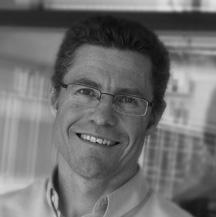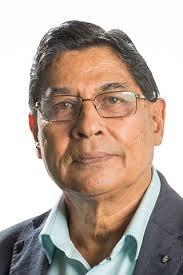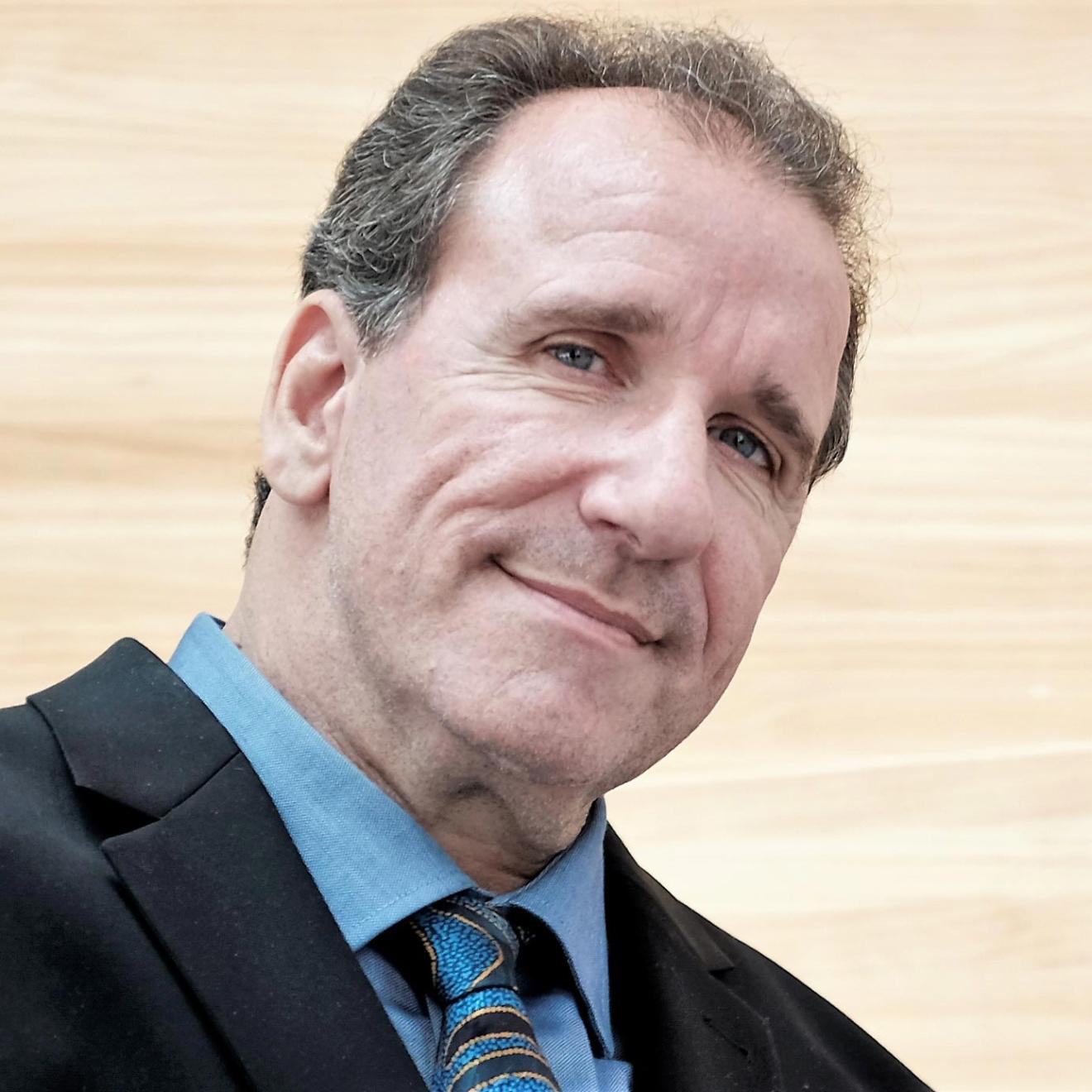Australia’s booming construction industry employs more than 1.1 million people – and, in the face of a severe skills shortage after two years of COVID-19 shutdowns, it’s in desperate need of more. But despite the urgency, there are few job opportunities on offer for people with disability
Now, a collaborative research project led by academics from the UTS Disability Research Network is seeking to challenge the status quo. By identifying the barriers and enablers to employment for people with disability, the research team is hoping to drive more equitable outcomes for jobseekers and construction companies alike.
“The industry has a strongly normalised and highly conventional view of an ideal construction industry employee – that is, able-bodied and male. People with disability make up only eight per cent of the construction workforce,” – Professor Martin Loosemore
“The narrow networks from which people are recruited into the construction industry and the negative stereotypes of people who do not fit industry norms perpetuate this lack of workforce diversity.
“Our research will address these entrenched negative attitudes towards people with disability, helping people with disabilities to secure and maintain a meaningful career in construction while addressing a major skills crisis in one of our largest industries.”
A two-part project
The project, which was partially funded by a UTS Social Impact Grant, is led by Professor Loosemore, Professor Shankar Sankaran and Associate Professor Phillippa Carnemolla from the UTS Faculty of Design, Architecture and Building, and Professor Simon Darcy from the UTS Business School. All four academics are members of the UTS Disability Research Network.
Area of expertise
Human society
UTS Social Impact Framework Domain
Domain 2. Student agency
Sustainable Development Goal
Good health and wellbeing
The research was comprised of two parts: a scoping literature review and a data collection exercise in which postgraduate Project Management students roleplayed various construction industry stakeholders, providing the research team with a better understanding of industry perceptions of disability.
“The findings from the literature review were used to develop a case study to expose students to the issues,” says Professor Sankaran, who is internationally acclaimed for his project management research.
“In their lives outside UTS, many of the students are practitioners in some of the roles that they represented, which meant they could provide an authentic, rich picture of the perspectives we sought to understand.”
Establishing the evidence base
The research revealed the most common barriers to construction sector employment for this demographic, which include stigma and discrimination, concerns around equality and fairness of workplaces and systems, non-disclosure of a person’s disability, and a general lack of awareness of disability, which leads many employers to misunderstand the different ways in which people with disability can contribute to the workforce.
“One of the biggest barriers is the combination of attitudes and behaviours towards people with disability that employers perceive to be a homogenous group,” – Professor Simon Darcy
“While many construction industry employers may only think of manual labour or on-site trade positions, which some people with hearing impairment, psychosocial or intellectual/learning disabilities are already working in, many other people with disability are highly skilled in areas like finance, accounting, the law, economics and architecture that offer value to the industry.”
The project also identified a series of enablers that could lead to better employment opportunities for people with disability. These include creating early intervention, education and training frameworks aimed at changing attitudes towards disability; developing targeted marketing campaigns for specific employers; identifying alternative or different work options for people with disability; and adapting government programs, systems and legislation to overcome existing barriers.
Towards inclusivity
These findings make an important contribution to the evidence base in a largely under-researched field in Australia. And they come at an important time: the Australian Construction Association has previously identified industry culture as a key challenge hampering efforts to increase diversity within the sector and has recently established a taskforce to address the issue. Simultaneously, there’s growing demand for a national workforce strategy for Australians with disability, who earn significantly less than able bodied people and are twice as likely to be unemployed.
As such, the potential impacts of the work are vast – not only could this research lead to enhanced employment opportunities for people with disability and policy changes to support them (one NSW Government agency has already expressed interest in using the research findings to review existing workplace development strategies) but it also opens the door to an untapped talent pool that the construction sector has previously overlooked.
In a landscape where national workforce shortages are putting billions of dollars of public infrastructure projects at risk, the time to act is now.
“There are now opportunities to expand our thinking about what it means to work in the construction sector, and to redefine how construction work is undertaken, where it is done and who does what,” says Associate Professor Carnemolla, an industrial designer who specialises in inclusive design.
“Our work presents the sector withan opportunity to solve two of its problems at once: increase the diversity of its workforce and address its looming labour shortages.”
The UTS team is currently seeking funding for an industry linkage grant to deliver the next stage of the work.
Project summary
The problem
Australia’s booming construction sector employs more than 1.1 million people and contributes 9 per cent to the national GDP . However, despite a significant skills shortage, and a series of industry-led efforts to increase diversity within the construction workforce, the sector offers few work opportunities for people with disability.
The response
A project led by researchers in the UTS Business School and the Faculty of Design, Architecture and Building examined the barriers to employment for people with disability and identified a series of systems and strategies that could achieve more equitable employment outcomes.
What helped accomplish this?
The researchers who led the project are all members of the UTS Disability Research Network and share a particular passion for research as a tool to address social inequities. This project is a clear example of the power of academic collaboration to deliver better outcomes for marginalised groups.
What has changed as a result
To date, the research findings captured in the project report clearly identify areas for future action for construction industry employers and government agencies. The project has also increased awareness of employment issues for people with disability among UTS students and staff.
Project leads
-
School of Built Environment
-
School of Built Environment
-
Management Discipline Group
-
School of Built Environment





